A Medieval town fit for a Conqueror
The quaint town of Dives-sur-Mer was an absolute delight to visit. It often gets overlooked by its elegant Belle Epoque neighbour of Cabourg; however, Dives-sur-Mer is overflowing with fascinating history.
Dives-sur-Mer is located along the English Channel in the Calvados Department of Normandy, just at the mouth of the River Dives.
Normandy is a beautiful region of France and one that we often return to, especially for its depth of history, stunning coastline and verdant rolling countryside. There is so much to discover in Normandy; during this visit, we also stayed in the historic town of Bayeux and visited the recently opened British Normandy Memorial.
Heading across the English Channel to Dives-sur-Mer gave us the opportunity to plan an EV mini-road trip. We headed off in our new electric vehicle to explore the Normandy coast; here is our inspiration.
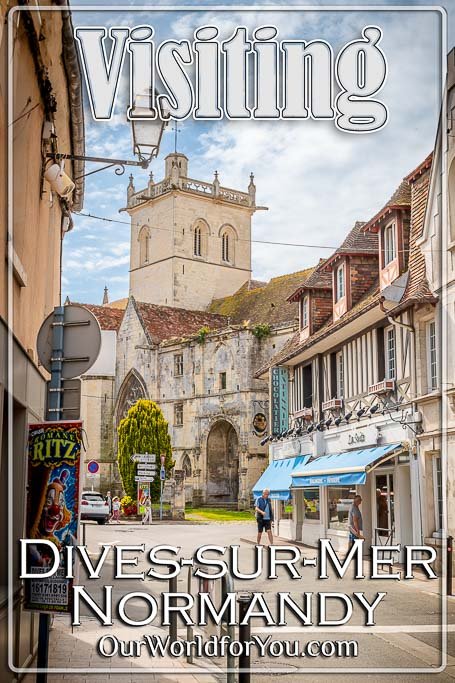
Where is Dives-sur-Mer?
How to get to Dives-sur-Mer
- By Car
Departing from the UK to France, there are various options. You can either jump on Le Shuttle and arrive in Calais in 35 minutes or enjoy a leisurely cruise on the open waves with DFDS or P&O. Alternatively, you can head down to the south coast of England and catch Brittany Ferry directly to Normandy.
- By Plane
If you’re flying into France, search for your flights in one easy place with Booking.com. This reliable travel search engine will scan for your favoured routes and chosen dates. Pre-book your hire car from Rental Cars, and your adventure begins.
Stay informed
Brief history of Dives-sur-Mer
William departs for the CrownDives-sur-Mer is the only port town in this region of Calvados and has an abundance of character and history; it is appropriately named Port Guillaume de Dives-sur-Mer.
Now, Gary and I (particularly Gary) have a reasonably good knowledge of history, and it wasn’t until we decided to visit Dives-sur-Mer in Normandy that we discovered that this ancient little town is famed for William the Conqueror’s departure to England.
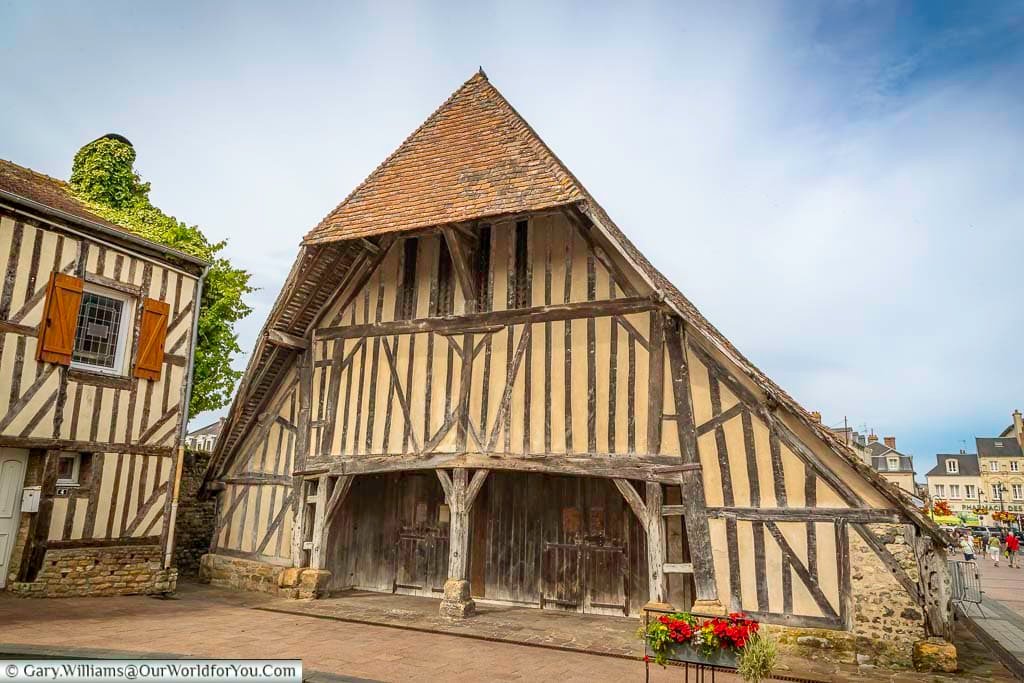
It was from the estuary of Dives-sur-Mer in 1066 that William the Bastard began his Norman Conquest of England. Guillaume and his army left Dives and crossed the English Channel to land on the shores of Pevensey Bay in September 1066.
It was only a matter of weeks before William the Conqueror defeated King Harold on the 14th of October 1066, at the Battle of Hastings. William was crowned King of England at Westminster Abbey on Christmas Day 1066

Where to stay in Dives-sur-Mer
The Kyriad Prestige is a peaceful hotel located on the edge of Cabourg and Dives-sur-Mer. It’s just a short stroll to the historic old town and the beach resort of Cabourg. Its rooms are modern and has welcoming, friendly staff.
Onsite secure parking is available and complimentary.
Alternatively, pop your dates in the Booking.com search box and discover further options for all budgets.
Place de la Republique, Dives-sur-Mer
Exploring the medieval streets
The welcoming local shops and cafés along the narrow streets of Dives-sur-Mer instantly give you the feel that you are mixing shoulder-to-shoulder with the locals of the little town. We couldn’t resist stepping into the bustling boulangerie to pick up a home-baked Madeleine or two.
We wend our way along the Rue Paul Canta to the beating heart of the town, the Place de la Republique. This is undoubtedly a wow moment as the vast medieval covered market stands before you.
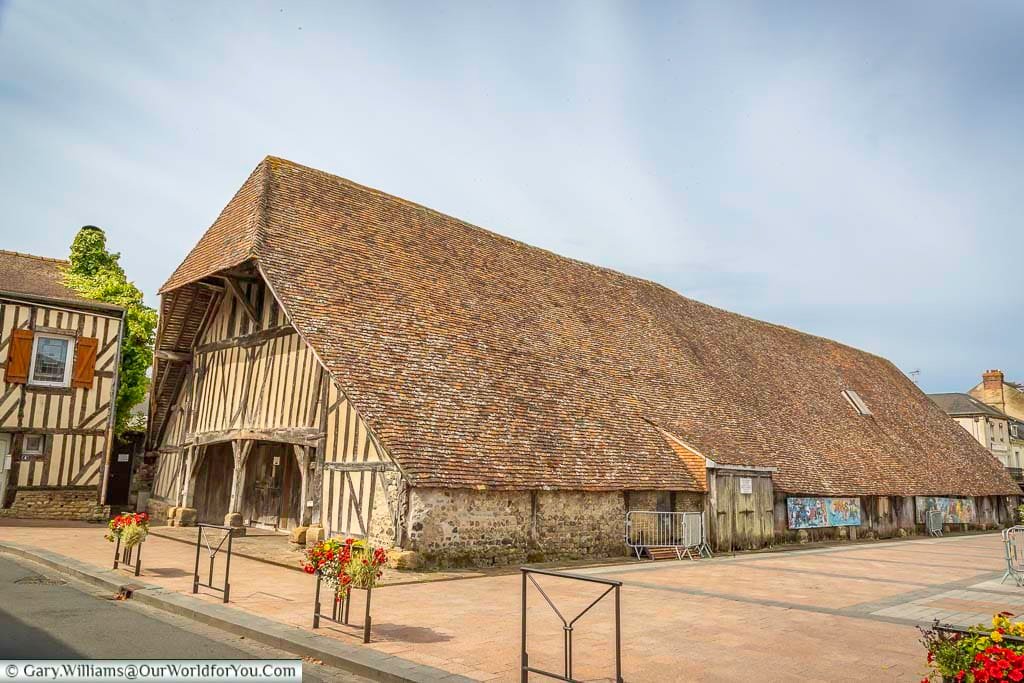


On the opposite side of the Place de la Republique is the Manor of Bois-Hibout. This manor house was built of Caen stone in the 17th century by Leduc de la Falaise, who was valet to the French King Louis XIV.
The building was converted into a Gendarmerie in the 19th century; today, you can head inside La Cave de l’Abbaye to taste some fine wines and spirits.
We love visiting France and each region so different from one another. I find the DK Eyewitness Guides really helpful in planning a trip and so often find interesting little snippets of info.
Take a peek at this revised Top 10 Pocket Travel Guide and see what you can discover.
Église Notre-Dame de Dives-sur-Mer
Ancient seafaring graffiti


The church was originally built in the 11th century and further completed during the 14th and 15th centuries. A particular part of the church we wanted to seek out was the ancient maritime graffiti, and there are believed to be over 400 drawings and etchings.
The graffiti wasn’t the easiest of things to find as the drawings date from the Middle Ages to the 20th century and are now quite faint.


On the night before sailing to Pevensey Bay, William and his 475 cohorts from around northern France attended a mass in Dives-sur-Mer Church for prayers.
After comprehensive research of the principal men involved, the plaque was inaugurated on 17th August 1862. Depictions of the departure can be seen on the Bayeux Tapestry; it is believed that 1,000 boats and 8,000 men took part in the manoeuvre.
Normandy Tourist Information
If you’re tempted to visit Normandy, especially the department of Calvados, take a peek at the official Normandy Tourism website. The local tourist offices provide some extremely useful information and handy pointers for around the region.
I found the Normandy Cabourg Pays d'Auge Tourism website extremely useful.
Our video of Dives-sur-Mer
We have created a little YouTube video of Dives-sur-Mer. Why not take a look?
Also, why not subscribe to our YouTube channel and get the latest clips as we post them?
William the Conqueror Art Village
Medieval blends with Renaissance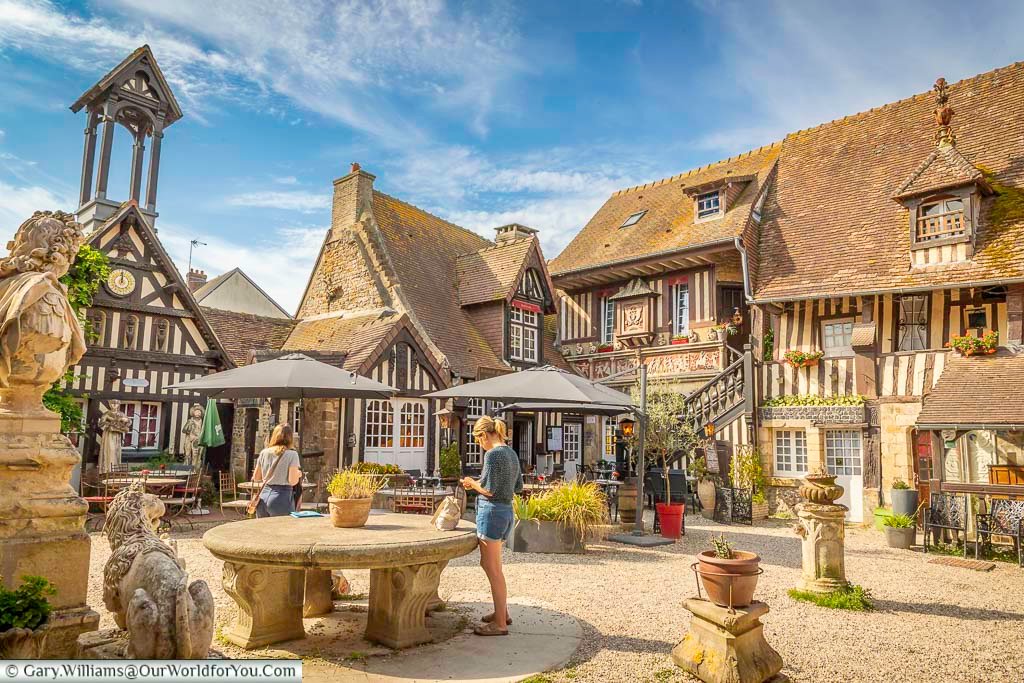
Just like the rest of Dives-sur-Mer, it was a delight to visit. It may be slightly touristy, but that adds to the charm of the Art Village. Stroll through the ancient archway of the chequerboard façade to the eye-catching interior courtyards beyond.
There are three picturesque courtyards to explore within the Guillaume le Conquérant Art Village. The first delightful courtyard you step into is surrounded by striking timber-framed dwellings encircled with intricate galleries and balconies. An enchanting blend of Medieval and Renaissance styles.
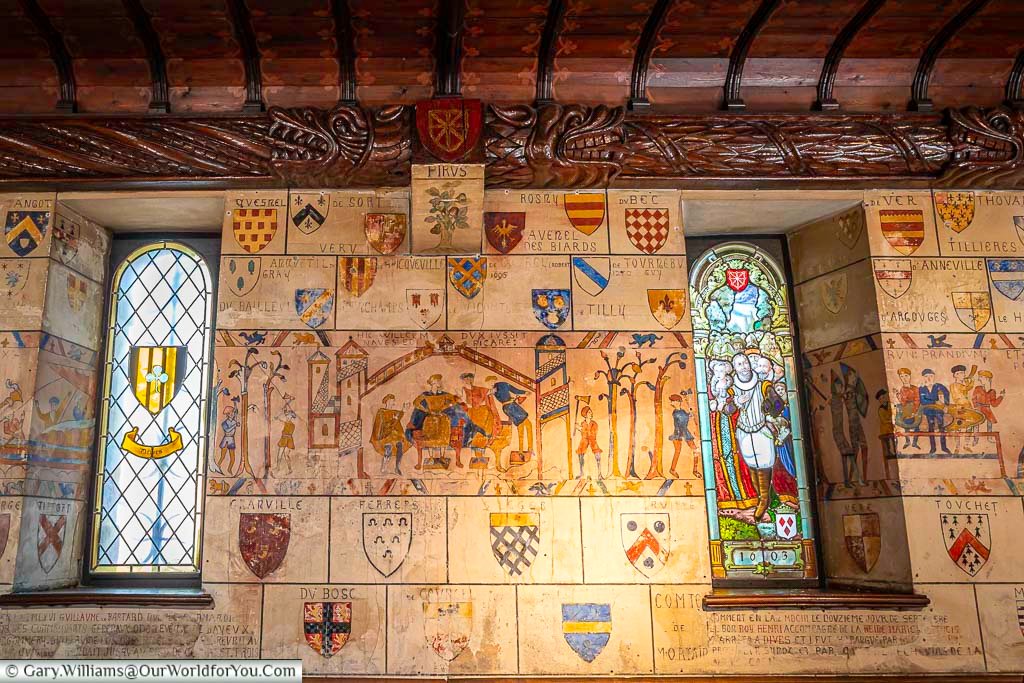

Crit'Air vignette required for driving in France
If you’re heading to France from the UK with your own vehicle, you’ll need a Crit’Air ‘clean air’ car sticker.
Just like our low-emission zones in the UK, France now legally requires the display of a Crit’Air vignette. The good news is, these stickers are readily available and affordable online through the official French government website.
The Crit’Air sticker lasts the lifetime of the vehicle, so it’s a one-off purchase. The RAC website offers an in-depth guide to everything you need to know and your requirements.
Why not check out more on Normandy

Our itinerary for a Normandy road-trip via Rouen, Caen & Alençon
An idyllic 10-night journey

Roadtrippin’ memories of Normandy, France
History, cider, crepes & art, what more could you want?

Visiting Le Mont-Saint-Michel, Normandy, France
Don’t get caught by the tide…
* This post may contain links to affiliated sites where we earn a small commission at no additional charge to you.





I really enjoyed that write up, well done both.
Ahh, thanks very much. It was a lovely little town and quite unexpected how much ancient history was there. The graffiti in the church was amazing.